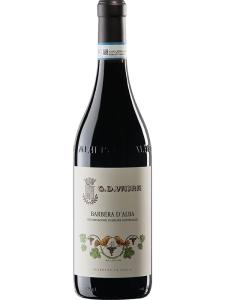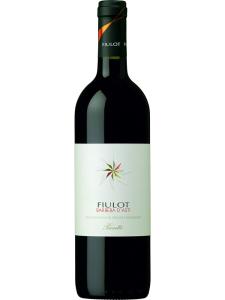-
中文名:巴贝拉
-
英文名:Barbera
-
中文别名:巴尔贝拉
-
种植区域:
-
香气:
-
颜色:
Barbera is a dark-skinned wine grape variety found in several Italian wine regions, including its native Piedmont, Emilia-Romagna, Puglia, Campania and even the island regions, Sicily and Sardinia. At the turn of the 21st Century, it was Italy's third most-commonly planted red wine grape, after Sangiovese and Montepulciano. Barbera grapes are used both in blended wines and varietals – the latter are becoming increasingly common as Italy continues its move towards varietal labeling.
Barbera (like so many Italian wine grape varieties) has ancient origins, although it has only been traceably documented since the 17th Century. It was first cited in an official document in 1798, by Count Giuseppe Nuvolone-Pergamo of Scandaluzzo, deputy director of the Società Agraria di Torino (Agrarian Society of Turin). The count is credited with creating the first definitive list of Piedmont's wine grape varieties. Barbera-based wines were well regarded even then, for their rustic-yet-generous character. They were a favorite among Savoyard army officers, who considered the wine a "sincere companion", which helped them maintain their courage in battle.
The variety has traveled widely in the past two centuries, landing in Australia, Argentina and California, most likely following Italian migration patterns. It has this in common with Nebbiolo, although Barbera has adapted much more readily to these new environments than its fussy Piedmontese cousin, and is now responsible for wines of high quality in each of these countries. As with Nebbiolo, there is considerable debate over how Barbera is best treated; traditionalists favor longer maceration and less oak, while modernists champion rounder, more approachable styles softened by barrel maturation.
Being naturally high in acidity, Barbera can be grown in warmer climates without producing overblown, flat wines. Even warmer sites in Sonoma Valley and the Sierra Foothills of California have produced balanced Barbera-based wines. This acidity complements the cherry flavors found in typical Barbera wines and has contributed to the (largely justified) stereotype of Italian red wines as being ripe, bright and tangy rather than voluptuous and earthy.
When young, most Barbera wines have a bright-red cherry character, distinguished from Nebbiolo (which often overshadows Barbera) by softer tannins and a certain roundness. When matured in barrel and allowed to age in bottle for a few years, this turns to a denser, sour-cherry note. A warm, Merlot-like plumminess is also commonly detectable, although the variety is more closely related to Mourvedre than Merlot. When overheated, a Barbera vine will produce comparatively flat, dull wines with notes of baked prunes and raisins, while its trademark cherry flavors turn towards kirsch.
Barbera reaches its zenith in Piedmont (see Barbera d'Asti and Barbera d'Alba), where the vine performs best on well-drained, limestone-rich slopes with a warm southerly aspect.
Synonyms include: Barbera d'Asti, Barbera Dolce, Barbera Fine, Barbera Forte, Barbera Grossa, Barbera Riccia, Barbera Vera.
Food matches for Barbera include:
Seared rabbit livers
Thai duck noodle soup
Roasted, herb-crusted lamb rack



